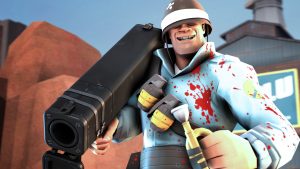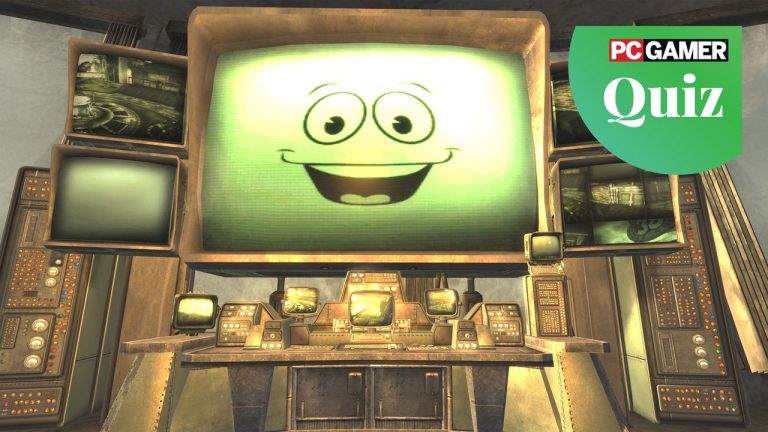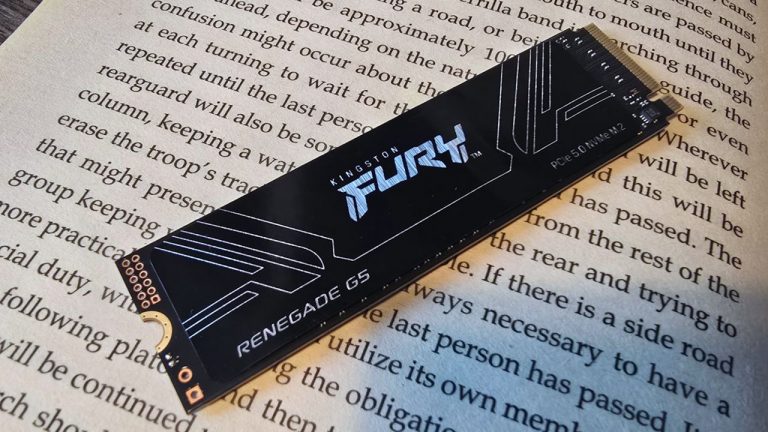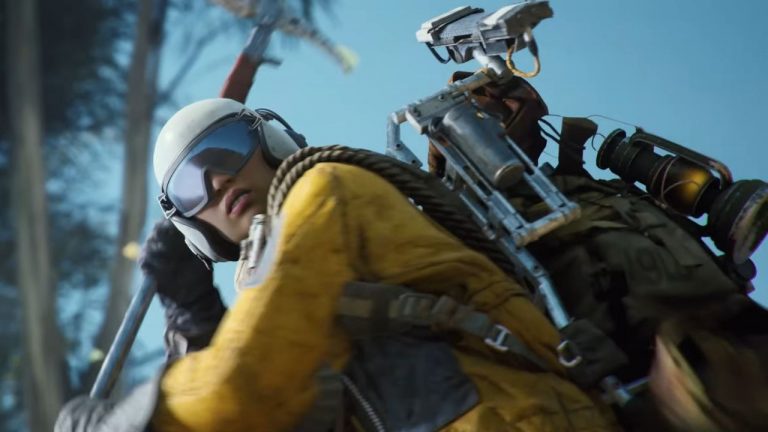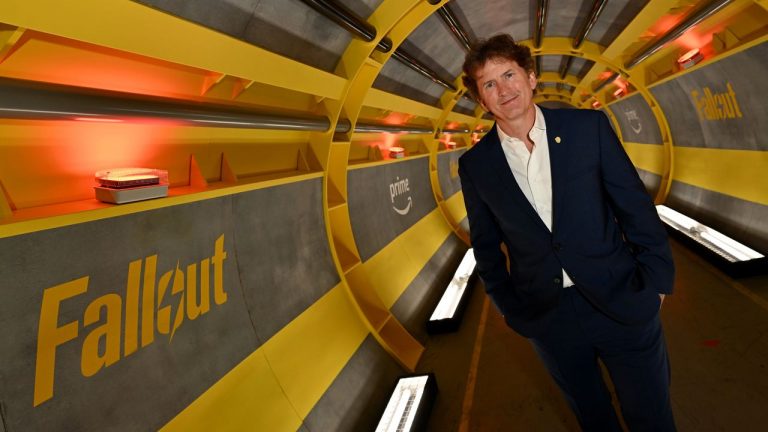Mention AI and robots to most people and they’ll typically think of end-of-world scenarios, involving lasers and glowing red eyes. Not so Google DeepMind who’ve made a big step forward in robotic AI technology by training a system to beat the average person at table tennis, rather than the global eradication of humanity.
Footage of the robot in action was posted on X by Google DeepMind and as someone who has some experience of programming robot arms, albeit in a limited manufacturing engineering capacity, I was really impressed by what I saw, and the study’s research paper is well worth reading.
It’s more than just a camera keeping track of the ball and then motors wildly swinging a paddle about. To start things off, Google DeepMind built a database of all the initial states a table tennis ball could have, such as position, speed and spin. From here, the robot arm just practised various movements, getting used to switching between fore- and backhand grips, applying topspin, and so on.
Then it was pitched against real players, with the AI system designed so that would monitor how different people would behave and play, and use that information to refine the overall algorithm. Its success rate was tracked and the selected strategy self-adjusting in real-time accordingly.
Google DeepMind says that the robot played against 29 opponents, ranked into four different skill levels, and after completing all the matches, it came roughly in the middle of them—essentially the same as an “intermediate amateur.”
Meet our AI-powered robot that’s ready to play table tennis. 🤖🏓 It’s the first agent to achieve amateur human level performance in this sport. Here’s how it works. 🧵 pic.twitter.com/AxwbRQwYiBAugust 8, 2024
Of course, it got its metal butt well and truly handed to itself by the better players and one clip shows a person starting slowly but then trouncing the AI with one quick shot. Google DeepMind says that this is to be expected, as aspects such as how paddle rubber affects spin are difficult to model properly in simulations.
But even so, it’s still an impressive achievement, and I can think of multiple applications that future versions of the technology could be used for. Mass-manufacturing production lines that use robots for things like painting or welding are brilliant but often struggle to cope with minor mispositions or changes in lighting. An AI system trained to react properly to all of these will help prevent such issues from stalling the production line.
And I can foresee a time when seriously injured people could be routinely relying on AI-trained robot arms to handle things for them, while they recover and return to full strength and mobility.
For now, though, getting better at table tennis is where it’s at—and I’m 100% on board with that goal. After all, it’s infinitely better than getting better at robotic nuclear armageddon.

